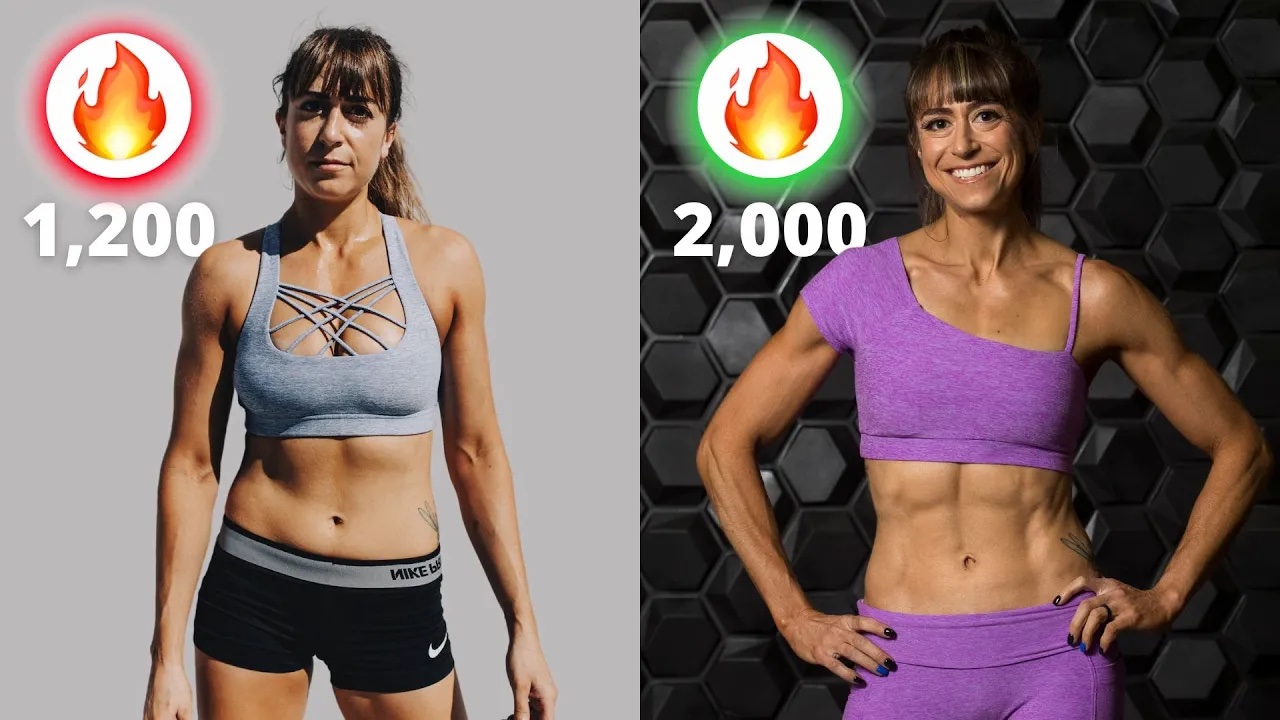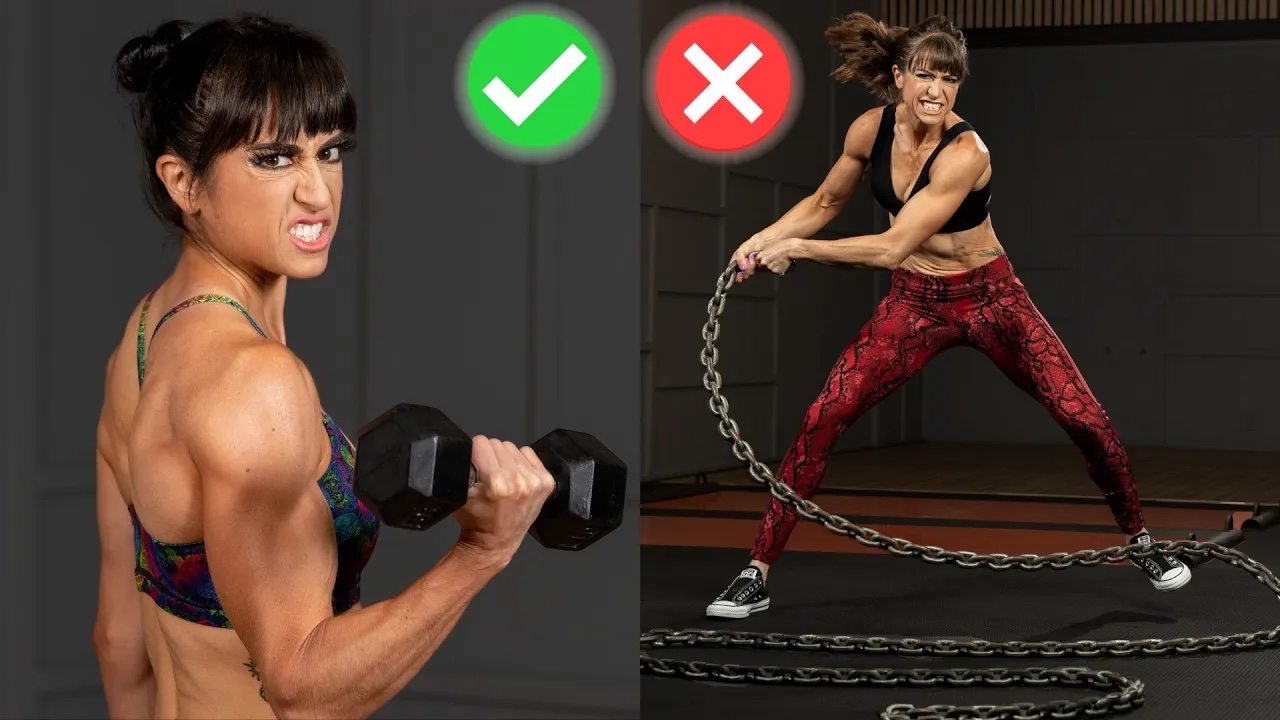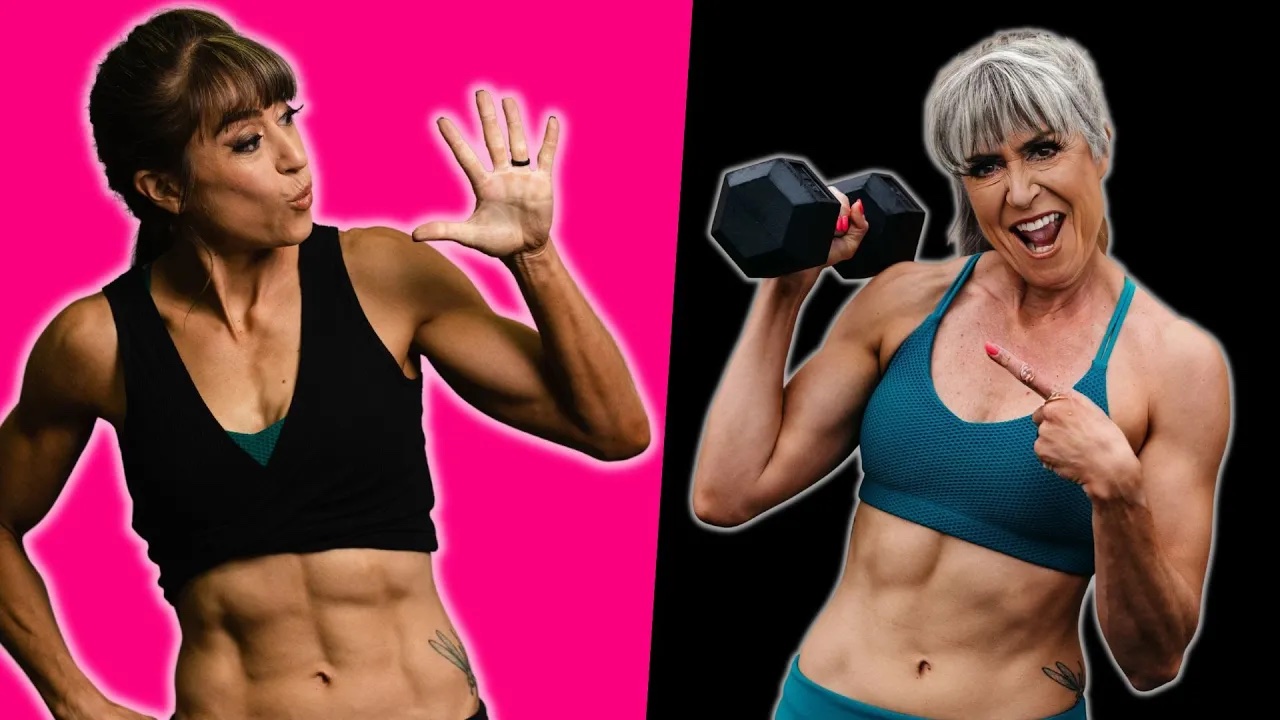
How To Build Muscle (Using The 6-12-25 Protocol)
You want to see some serious strength gains, build lean muscle and improve your body composition?
Then this workout design is something you’ll want to consider for your next training progression…
It’s the 6-12-25 training technique.
In this video, I’ll break down what this method is, how to use this workout design, why it works so well and even share a workout you can try implementing the technique!
First…What Is The 6-12-25 Method?

The 6-12-25 is shorthand for the reps you will perform for three different movements.
You will design a set with 3 exercises for the same area of the body.
For example, you may do all 3 moves for your lower body with a glute and hamstring focus.
The first move should be a super heavy compound lift that you can only do 6 reps for.
The second move should be another compound, but more accessory lift for the same area of the body that you can only perform 12 reps of with the weights you select.
Then the third move will be done for 25 reps and should be an isolation exercise that really creates that pump and burn, fully fatiguing a muscle group worked with the first two compound moves.
After completing all three moves basically back to back, you will rest 2-3 minutes before repeating the series.
You do not want to rest between moves so that you’re fully fatiguing the area you’re targeting but you do want enough rest between rounds so you can lift heavy to start the series over again!
You will want to include no more than two 6-12-25 series in a workout. And you will want to perform about 3-4 rounds through each.
You can design either more full body workouts using this, focusing on one area in each series or you can do an hemisphere split, targeting just your lower body or upper body in a workout.
But make sure each series, and all 3 moves, are working only one area of the body, instead of alternating areas worked!
So Why Does The 6-12-25 Design Work So Well?
This training method was popularized by Charles Poliquin but isn’t just for bodybuilders.
It’s actually a great training technique for any experienced exerciser looking to build strength and muscle while losing fat.
This method is so effective because of the combination of 3 different traditional rep ranges, compound and isolation movements and the fact that we hone in and target specific muscle groups to create full fatigue in an area.
The combination of so many training techniques into one design, and the training density this method creates, leads to massive lactate spikes, increasing growth hormone production, which is why it is thought to work so well!
It’s why this method can not only lead to amazing muscle gains but even better fat loss results!
Each rep number is included for a specific purpose and done back to back without rest.
With the heavy compound exercise done for 6 reps, you are really working in that maximal strength range. Consider as you progress with this design even selecting a move you have to PAUSE at 5 reps for a few seconds to complete the final one over being able to do more reps with that weight.
You never just want to stop at a rep number because it’s what the workout said. You want to feel that is all you can do.
Then with the exercise done for 12 reps, you are selecting a compound move that is a great accessory exercise to target the same muscle groups. This will allow you to really utilize that hypertrophy rep range and continue to fatigue the muscles you worked in the first move.
The higher reps and slightly lower, albeit challenging loads, allow you to recruit more muscle fibers as you fatigue.
Then with the final move you are going to fully isolate a muscle group to work it fully to fatigue. This helps build that strength endurance which will ultimately help you recover faster and do more quality of work in future workouts and progressions.
This isolation move is a great way to help you build muscle in those stubborn muscle groups, increasing your volume of work. Make sure this move really isolates the muscle you want to target. You even want to feel that pump or burn add up at 15-20 reps so you have to pause for a second to complete all 25!
This combination of different movements and drivers of muscle growth while working an area to fatigue is what makes this series so challenging and leads to such amazing muscle and strength gains.
It makes it a super efficient training design as well when we are short on time.
And can be especially key if you are struggling with toning up stubborn areas!
Next I wanted to share some – Tips To Use This Effectively:
It’s key we remember that we need to challenge ourselves no matter the reps listed. No weight should feel light, no move should feel easy.
You want each exercise to challenge you while you push through to the next.
And make sure when you design the series that all 3 moves target the same area.
If you’re doing lower body with a quad focus, you want to hone in more and more on those quads.
If it is a chest, triceps and shoulders workout, you may hone in more and more on any of those three muscles, especially if one is more stubborn than the others.
But make sure you are choosing one area to target and fatigue over the moves.
Then do NOT cut out rest between rounds. You want to be able to push through all three moves while kind of feeling like you don’t fully want to do the next so that you’ve earned that rest.
But if you aren’t resting those 2-3 minutes, consider going heavier and advancing the movements. That rest should help you keep lifting heavier or maintaining the loads over the rounds to push at a true 100% intensity.
That ability to push hard and create a quality volume of work is what makes this design work so well!
Do not be afraid to also use rest-pause technique to make sure you’re feeling like you’ve really pushed those loads while performing quality reps.
If you, you need to pause to complete the rep range, even resting for 10-15 seconds, do it! That little pause can help you ultimately move more weight over the course of your training and push past that initial fatigue to see amazing results!
I do want to give you one WARNING before implement this:
This is an advanced training technique and you’ll be surprised by even how out of breath during the 3 moves you can get. And mentally it can be taxing to do another move for an area when it is already tired.
Be ready to really push yourself and not just lower loads to make it easier to make it through all three moves.
Make yourself CRAVE that rest.
And make sure all 3 moves are done back to back targeting only ONE muscle group! Although remember you have flexibility to choose the exact stubborn area to target with that isolation move.
Like you may choose to target your biceps with an isolation exercise on a bicep and back series in one workout while doing more for your lats on another day!
So How Could You Design A Workout Using This Method?
Let’s look at an anterior split workout, you would create one 6-12-25 set for the lower body, more of a quad focus, and one set for the upper body, more of a chest focused series.
You will do 3-4 rounds per series with 2-3 minutes of rest between rounds and even series.
ANTERIOR CHAIN 6-12-25 WORKOUT
SERIES #1:
6 reps Front Squats
12 reps per side Front Lunges
25 reps per side Seated Quad Flexes
SERIES #2:
6 reps Barbell Bench
12 reps Dumbbell Overhead Press
25 reps Cable Tricep Pushdown
One final note…
I do show this using more gym tools as that is honestly ideal for this set up. However, if you are training at home, as long as you use tempo changes or exercise variations that challenge you for each rep number, you can utilize this technique.
I often even slightly adjust the reps for more bodyweight based workouts, knowing a bit more volume can be helpful using more of a 10-15-25 layout.
But if you’re looking to build strength, gain muscle and lose fat, try this amazing workout design in your next progression!
For more amazing workouts to help you rock those results, check out my Dynamic Strength Program!







